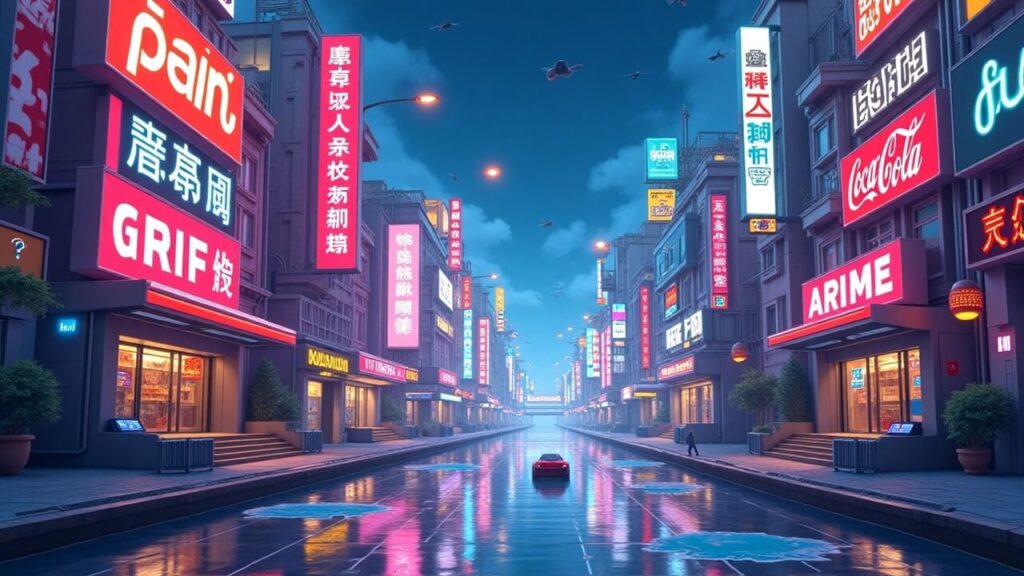The world of computer games is witnessing a fascinating trend: the resurgence of retro gaming aesthetics and mechanics. Classic games from past decades, with their pixel art, simple controls, and challenging gameplay, are finding new life in modern design. Today, both established developers and indie creators are drawing inspiration from the timeless qualities of retro games to craft innovative experiences that resonate with players across generations.
The Enduring Appeal of Retro Games
Retro games continue to captivate audiences for several reasons. Many gamers grew up playing titles that were not only challenging but also filled with memorable characters and engaging narratives. These games often featured straightforward yet compelling gameplay that required skill and perseverance—a stark contrast to the complexity of some modern titles.
Nostalgia plays a significant role in the retro revival. For older gamers, revisiting the familiar visuals and sounds of classic games provides a comforting escape to a simpler time. For younger audiences, the charm of retro design offers a fresh alternative to the hyper-realistic graphics dominating the industry. The balance of nostalgia and novelty creates a unique appeal that bridges generations.
Key Elements of Retro Design Influencing Modern Games
Pixel Art and Visual Simplicity
One of the most recognizable features of retro games is pixel art. This style, characterized by its blocky, low-resolution graphics, is both an homage to early video game aesthetics and a practical design choice. Pixel art is relatively inexpensive to produce compared to high-end 3D graphics, allowing smaller studios and indie developers to bring their visions to life without massive budgets. Moreover, the simplicity of pixel art often leaves more room for creative gameplay and innovative storytelling.
Challenging Gameplay and Precision
Classic games are renowned for their high difficulty levels. Titles like Super Mario Bros., Contra, and Mega Man pushed players to master precise controls and develop strategies to overcome obstacles. This challenging gameplay remains a major draw for modern gamers who crave a sense of accomplishment. Modern designers are embracing this philosophy by incorporating challenging mechanics that require skill, timing, and strategy, resulting in games that feel rewarding and engaging.
Minimalism and Clarity
Retro games often feature a minimalist design that emphasizes clarity and directness. With limited screen space and technology, developers had to focus on core gameplay elements and ensure that every visual element served a purpose. Modern game design has taken a page from this book, striving for interfaces and environments that are intuitive and free of unnecessary clutter. The focus on essential gameplay mechanics ensures that players can quickly understand and enjoy the game.
The Modern Indie Movement and Retro Inspiration
In recent years, the indie game movement has exploded, and many independent developers cite retro games as a major influence. With the rise of digital distribution platforms, small studios have been able to reach a global audience without the backing of large publishers. This freedom has allowed them to experiment with retro aesthetics and game mechanics, often blending them with modern technology to create unique, memorable experiences.
Games like Shovel Knight and Celeste exemplify this blend perfectly. Shovel Knight pays homage to classic 8-bit titles with its retro visuals and gameplay, yet introduces modern storytelling and refined mechanics. Celeste takes inspiration from retro platformers while delivering a deeply emotional narrative and innovative game design. Both titles demonstrate that retro revival is not about replicating the past but reimagining it in fresh, exciting ways.
Modern Technology Enhancing Retro Elements
While the core aesthetics of retro games remain unchanged, modern technology has enabled developers to push the boundaries of what can be achieved with a retro look. High-definition displays, advanced audio systems, and enhanced processing power allow for retro-inspired games that feel both nostalgic and modern.
For example, many contemporary titles utilize pixel art combined with dynamic lighting, particle effects, and smooth animations to create a visual experience that honors the past while taking advantage of present-day technology. These games also often incorporate online features, such as multiplayer modes and global leaderboards, which were not possible in the era of classic arcade machines.

Challenges and Opportunities in Retro Revival
Embracing retro design comes with its own set of challenges. Developers must strike a balance between authenticity and innovation. Over-reliance on nostalgia can lead to games that feel dated or unoriginal, while too much deviation from the classic formula might alienate fans of the retro style. Successful retro revival requires a deep understanding of what made the originals special and the creativity to adapt those elements for modern audiences.
Moreover, retro-inspired games offer an opportunity for educational exploration. By studying the design choices of classic titles, modern developers can learn valuable lessons about game mechanics, pacing, and player engagement. This dialogue between past and present enriches the gaming landscape and fosters a deeper appreciation for the medium’s evolution.
Conclusion
The retro revival in computer games is more than a passing trend—it is a testament to the enduring legacy of classic game design. By drawing on the aesthetics and mechanics of retro games, modern designers are creating experiences that are both nostalgic and innovative. As technology continues to advance, the fusion of past and present will likely yield even more creative and captivating games.
Whether you are a veteran gamer with fond memories of pixelated adventures or a newcomer intrigued by the charm of retro visuals, the modern reinterpretation of classic games offers something for everyone. The ongoing dialogue between the old and the new not only celebrates the rich history of gaming but also paves the way for a future where timeless design continues to inspire innovation.
